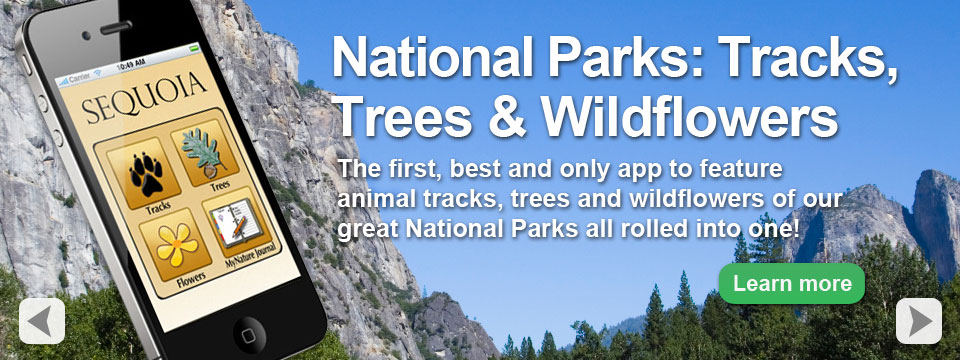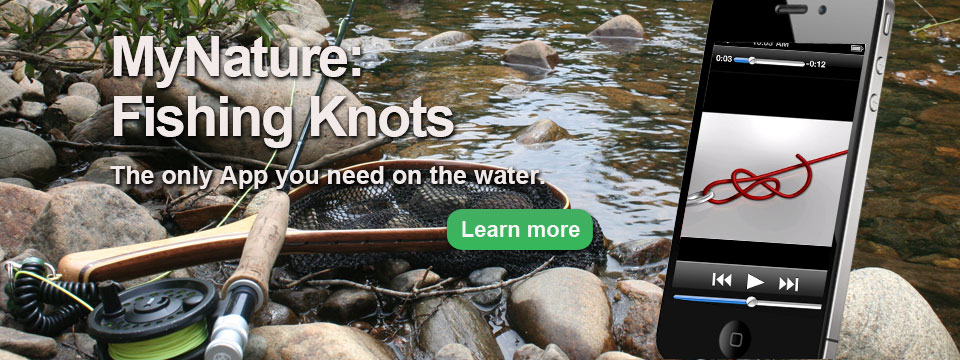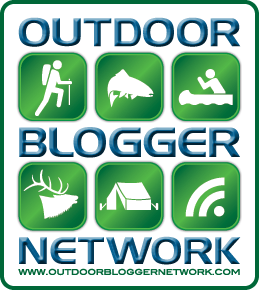That’s right, there are beavers on your iPhone but don’t worry they won’t be chewing through your memory. What beavers are on your iPhone are located in the MyNature Animal Track app. Next time you come across some unknown tracks near the waters edge you can use the app to measure the tracks, compare the outline, find out the gait pattern, see a beautiful image of one in the wild and learn about their habitat. Below are just a few pictures of what beaver sign you might find on your next outing.
iPhone and Animal Tracks
 As the snow starts to pile up distinguishing individual tracks of larger animals can get a little tricky. Most tracks of heavier animals fill in with snow as one foot is lifted and the next in line pushes more into the imprint. Often times their trail may just appear as a trough throw the snow obscuring most of the details. When this happens if your not lucky enough to find an identifiable print you need to look more at the animals gait pattern, trail width and stride. Not all animals traveling gaits are the same, some are bounders, some are pacers and some are diagonal walkers. Learning their gait patterns will eliminate some possibilities of which animals tracks your looking at. Just as their gait is different so to is their trail width. Trail width is the measurement from the outside of the left track to the outside of the right track. If you can distinguish in the deep snow the edges of the tracks then you have narrowed down your choices even further. The last measurement to help you out is the stride of the animal. The stride is the measurement from the back edge of one track to the back edge of the next same track. An Elk will have a larger stride than a Mule deer or Whitetail.
As the snow starts to pile up distinguishing individual tracks of larger animals can get a little tricky. Most tracks of heavier animals fill in with snow as one foot is lifted and the next in line pushes more into the imprint. Often times their trail may just appear as a trough throw the snow obscuring most of the details. When this happens if your not lucky enough to find an identifiable print you need to look more at the animals gait pattern, trail width and stride. Not all animals traveling gaits are the same, some are bounders, some are pacers and some are diagonal walkers. Learning their gait patterns will eliminate some possibilities of which animals tracks your looking at. Just as their gait is different so to is their trail width. Trail width is the measurement from the outside of the left track to the outside of the right track. If you can distinguish in the deep snow the edges of the tracks then you have narrowed down your choices even further. The last measurement to help you out is the stride of the animal. The stride is the measurement from the back edge of one track to the back edge of the next same track. An Elk will have a larger stride than a Mule deer or Whitetail.
Just because the snow gets deeper doesn’t mean identification is impossible. Next time your out bring along the MyNature Animal Track app, everything you need to know about stride, trail width and gait patterns are just a push button away. So pull on your long johns, strap on the snowshoes and hit the woods and see what’s living in your back yard.
Otters on Your iPhone
Yep!! there’s an app for that to. Whatever you wanted to know about an Otter or any other mammal is now on the iPhone. Learn how to identify their tracks, about their habitat, listen to the sound they make and much more. The tracks below were made by an Otter and you can see the different gait patterns it uses to travel. Most often Otters will use a bounding gait where all four feet register close to one another and the track sets will be spaced one to two feet apart, it’s tail may not be show in it’s trail when bounding. Otters will also use a walking gait where each track registers seperately as in the picture below. The tail drag is a dead give away when walking. You can look for other clues too as to which animal left a set of tracks. Does it go up a tree? does it go into the water? what size are the feet and the trail width? All the evidence left behind will point to which animals track you found. Good luck on your next outing and don’t forget to pick up the MyNature Animal Track App on the way!

Grouse Tracks
It’s always interesting to see what stories are laid out in a set of animal tracks. This is an image of where a Grouse had been hiding in the cover of a fir tree and for whatever reason decided to leave the safety of it’s afternoon hideout. Of coarse it could have been eluding me but since I didn’t hear it take off I’m assuming it was something else that disturbed him. I always know when a grouse takes off because it just precludes the heart attack they usually give me. I’m not that jumpy of a person but for some reason, maybe because they usually wait until your right on top of them, grouse always startle the hell out of me. 






















What Others Have to Say